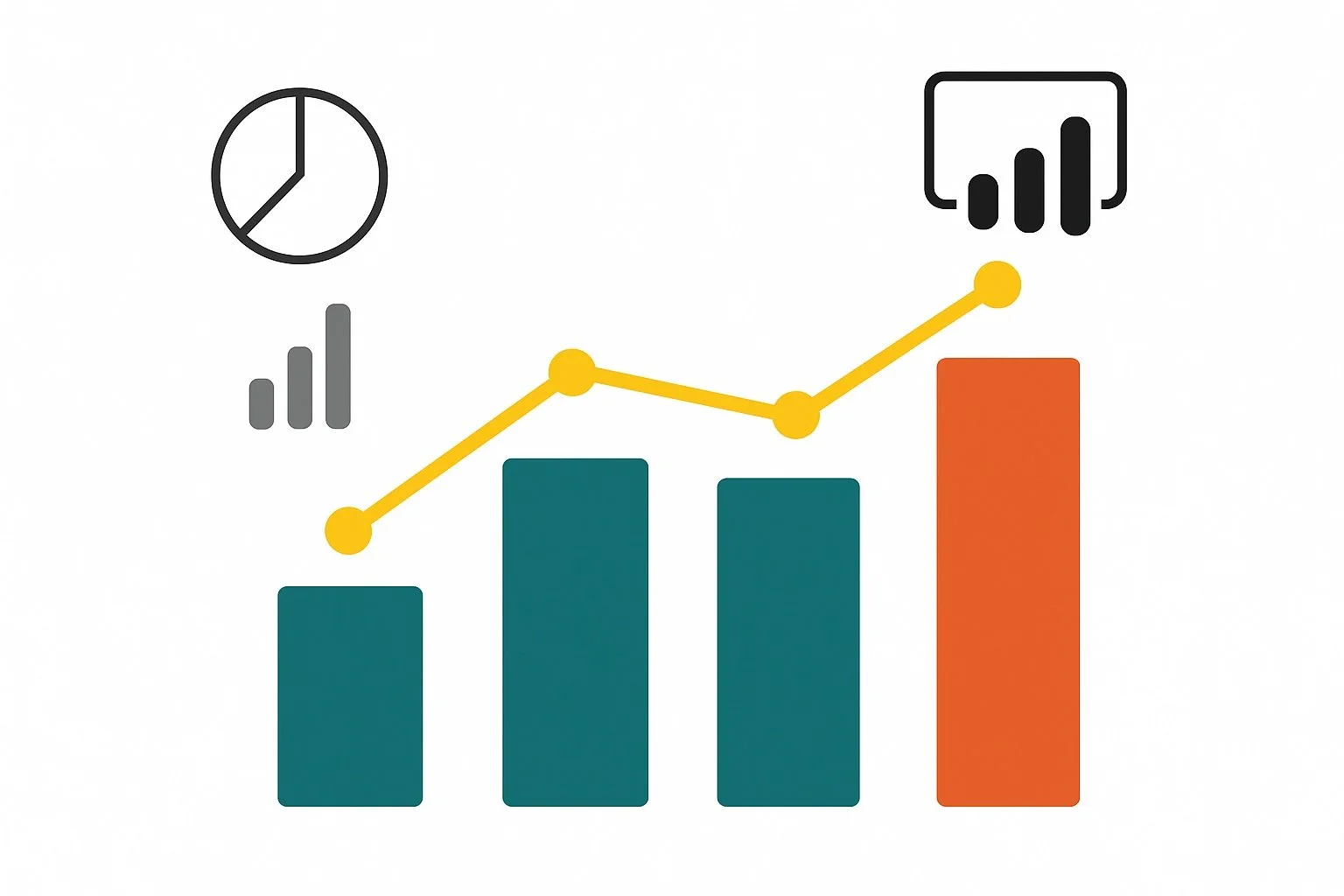The Art of Visualisation: Tools Don’t Matter, Mindset Does
“Different tools, same story. What matters is the clarity.”
Where It All Changed
When I first started working with data, I was convinced success meant mastering every tool: Power BI, Excel, ThinkCell, Tableau. I believed that if I used them well enough, the answers would reveal themselves.
Then one day, everything changed.
A senior leader walked into a meeting room with no slides or dashboards, just a whiteboard. With a few simple lines and shapes, he mapped out a complex technical issue more clearly than any report or deck I had seen before. In that moment, I realized something profound:
Visualization isn’t a software skill; it’s a mindset.
The mindset to simplify.
The mindset to find clarity.
The mindset to tell the story hidden in the data.
I Stopped Searching for Tools and Started Searching for the Story
Since that day, everything about my approach has shifted. Now, I see narratives in the smallest details. An email with a few green and red numbers. A bolded assumption. A simple “+” or “–” sign.
Instead of asking, “Which tool should I use?”, I ask:
What is this data really saying?
Is something broken, and can I fix it?
Who does this impact?
What’s the trend or risk beneath the surface?
These questions changed how I analyse complex problems and how I approach solving them.
Visualisation Is a Thinking Process, Not a Tech Stack
I still use Power BI, Excel, ThinkCell, and PowerPoint, but I treat them as canvases, not crutches.
In fact, I’ve recreated the same dataset across multiple platforms just to see how each one shapes the narrative differently. It’s not about which tool “looks” best. It’s about which visual makes the insight clearest.
The Mindset Shift That Gave Me Confidence
Adopting this mindset gave me something no software ever could: confidence.
I no longer panic when I face a massive dataset. I don’t chase perfection on the first try. What I chase is truth, accuracy, clarity, and the courage to challenge assumptions.
I ask myself,
“What is this really telling me?”
“What do I need to communicate to others?”
This shift helped me go from reacting to data… to leading with it.
KISS: Keep It Simple, Seriously
One of my mentors gave me a principle I now live and lead by:
KISS: Keep It Simple, Stupid.
It’s one of the first things I teach someone new to the industry. I’m not impressed by dashboards overflowing with filters and charts. What impresses me is a visual that makes someone feel clarity, urgency, or confidence.
Simplicity isn’t laziness, it’s leadership
To Young Professionals: Don’t Just Learn Tools, Learn to See
If you’re just starting your career in data, analytics, or business strategy, here’s my message to you:
Don’t obsess over mastering every tool.
Stay curious.
Ask why more often than how.
Embrace not knowing.
Be relentless in figuring it out.
Focus on clarity, accuracy, and the impact of your insights.
Tools will change. Dashboards will evolve.
But your ability to see clearly, simplify complexity, and tell the right story will set you apart.
Summary: It’s always about the mindset.
In the end, it’s not about how advanced your dashboard is.
It’s about whether it helped someone make a better decision.
It’s about whether you uncovered a story worth telling.
“Data doesn’t speak unless you ask the right questions.
The tool you use doesn’t matter, your thinking does.”
What’s the most powerful visual you’ve ever seen and why? I’d love to hear your story.
